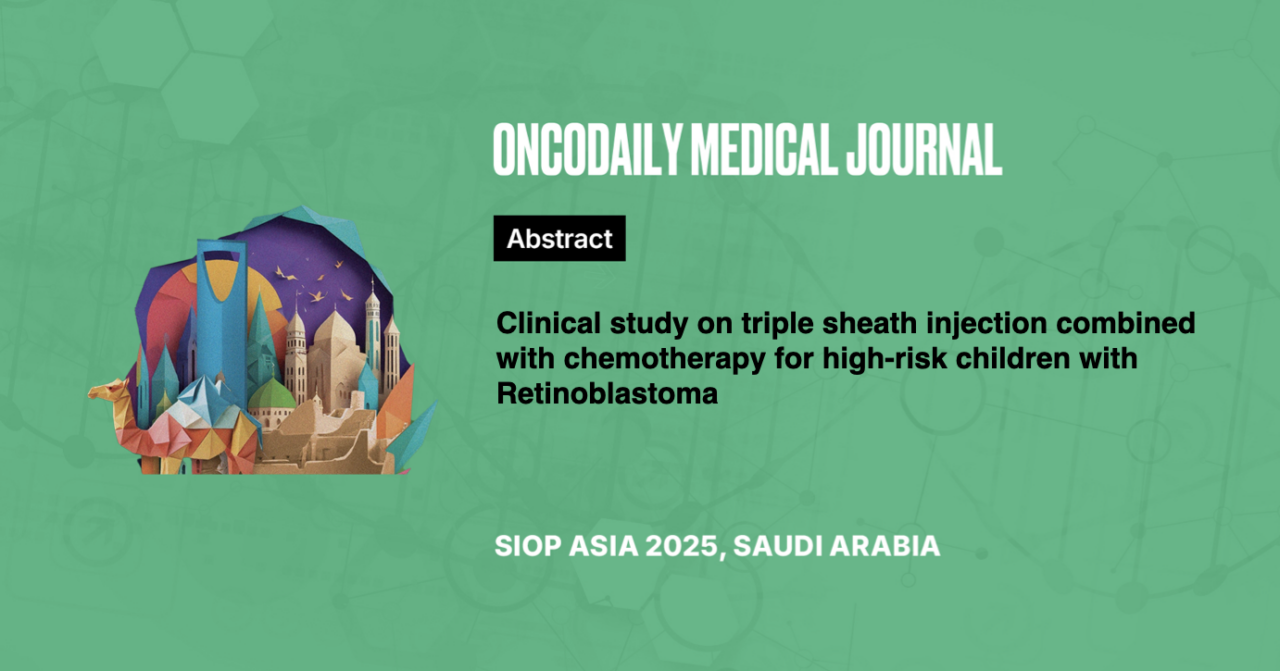Clinical study on triple sheath injection combined with chemotherapy for high-risk children with retinoblastoma
Introduction: Objective is to study the clinical value of lumbar puncture triple sheath injection in the diagnosis and treatment of high-risk children with retinoblastoma.
Methodology: We collected cases of histopathological diagnosis of invasion of the optic nerve, optic nerve stump, or CNS and/or spinal canal invasion that were treated in our hospital from January 1, 2006 to December 31, 2021. These cases were treated with triple sheath injection (methotrexate+cytarabine+dexamethasone) combined with chemotherapy. SPSS20.0 statistical software was used to analyze the diagnosis and treatment data and evaluate the clinical efficacy and safety of triple sheath injection.
Results: 746 children with RB were eligible for sheath injection treatment, of which 721 were followed up. 617 children had pathological findings of involvement of the optic nerve and/or optic nerve stump after enucleation, accounting for 82.7% (617/746), and intracranial involvement accounted for 17.3% (129/746) . Regular sheath injection accounted for 57.6% (430/746), sheath injection but incomplete treatment accounted for 8.4% (63/746), and no sheath injection treatment accounted for 34.0% (253/746); The dropout rates for the three groups were 1.4% (6/430), 1.6% (1/63), and 9.9% (25/253), respectively. The prognosis of regular intrathecal therapy was better than that of children who did not receive intrathecal therapy or did not complete intrathecal therapy according to the rules (x2=5.426, P=0.02): OS were 87.3% vs 82.6%, 82.3%, respectively; K-M analysis showed that the average survival time of children who received regular intrathecal injection was significantly higher than those who did not receive or complete intrathecal injection treatment, with a difference of (147.22 ± 13.82) vs (92.86 ± 6.45), (72.68 ± 10.48), and 95% confidence intervals of (130.14-174.31), (80.13-105.51), and (52.13-93.23), respectively.
Conclusion: Triple sheath injection for prevention and treatment of children at risk of intracranial and spinal canal dissemination or accompanied by dissemination can improve the objective remission rate of the disease, prolong survival, and create conditions for clinical cure.





